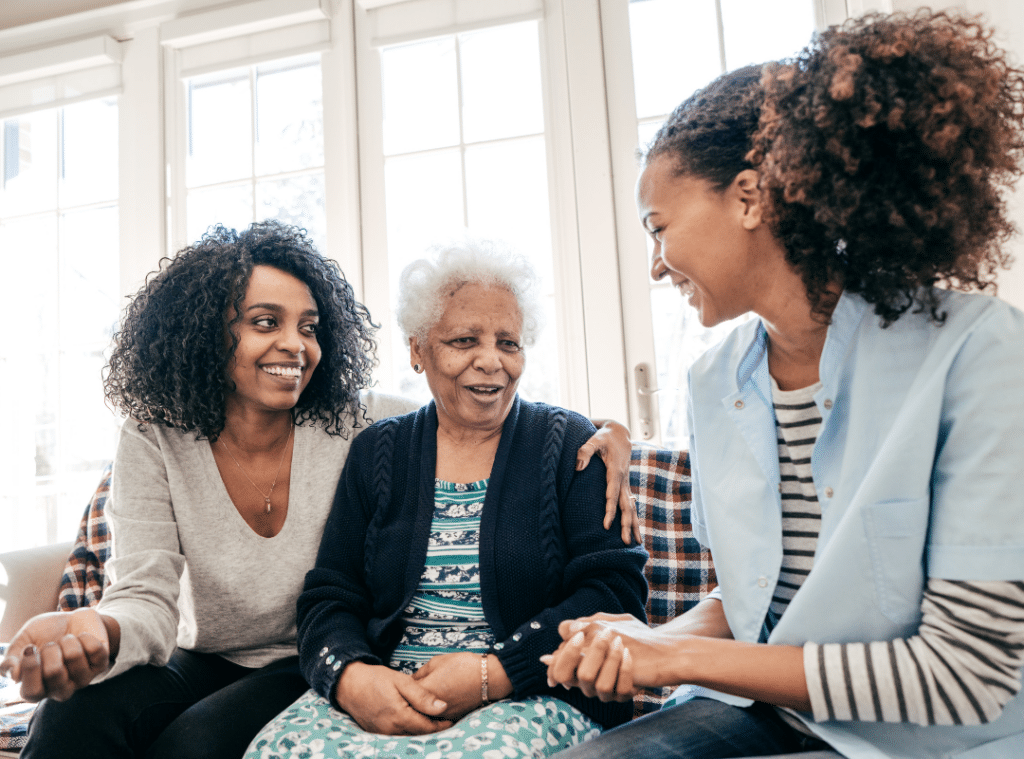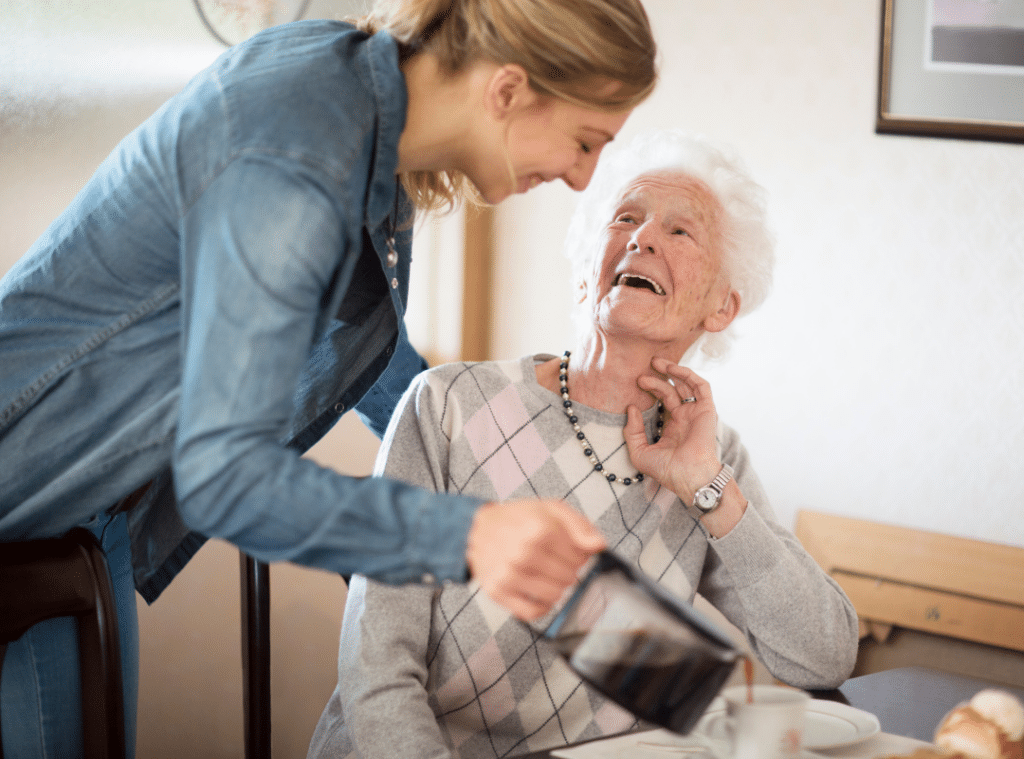Assisted Living Levels of Care: A Guide for Families and Seniors
Imagine your mother, who once thrived on her independence, now needs help remembering to take her medications. Understanding the different levels of care in assisted living, such as those offered at The Oaks at Nipomo, can significantly impact her quality of life and your family’s peace of mind. As you explore options, it’s essential to grasp how these services are tailored to individual needs and how family involvement can shape care plans. Knowing what to look for can make all the difference in ensuring she receives the proper support, but where do you begin?
Assisted living levels of care
When exploring assisted living levels of care, it’s essential to understand that these levels are designed to meet the diverse needs of residents. Each community typically offers three to six levels of care, focusing on assistance with activities of daily living (ADLs) like bathing, dressing, and mobility.
Level one provides essential support, including morning wake-up visits and reminders, encouraging independence with minimal direct assistance. As needs increase, level two comes into play, offering help with at least one ADL. This level combines supervision with hands-on assistance tailored to individual requirements.
The assessment process is significant; it evaluates both physical and mental well-being, influencing the overall cost of care. Higher care needs typically result in higher fees, emphasizing the importance of understanding each resident’s situation. Additionally, personalized care plans ensure that residents receive the necessary support to maintain their health and well-being.
Regular reassessment guarantees that care plans evolve as needs change, allowing families to remain engaged in their loved one’s well-being.
Assisted living facility services
Assisted living facilities offer a range of essential services designed to enhance the quality of life for residents while addressing their individual needs. You’ll find that most facilities assist with daily living activities, such as bathing, dressing, and medication management. This support allows residents to maintain their independence while receiving help when necessary.
Additionally, many communities offer social activities, recreational programs, and wellness services to promote physical and mental well-being. You can expect beautifully designed common areas that foster social interaction, helping to combat feelings of loneliness and isolation.
Meal services are typically included, featuring nutritious options tailored to dietary restrictions. Staff members are trained to respond to emergencies, ensuring safety and peace of mind for both residents and their families. Furthermore, many facilities provide transportation assistance for residents to attend appointments or engage in community activities.

Level of care assessment for an Assisted living facility
Understanding your loved one’s care needs is essential for ensuring they receive the proper support in an assisted living facility. A thorough assessment will help identify how much assistance they require with daily activities, such as bathing, dressing, and mobility.
Typically, facilities offer multiple care levels, from minimal support to promote independence to more extensive assistance.
The assessment process usually involves evaluating both physical and mental well-being. This can be conducted in various settings, and it’s beneficial for family members to be involved. Additionally, consulting resources and seeking professional advice can provide valuable insights into the appropriate care options.
Regular reevaluation is key, as needs can change over time. Facilities often conduct these assessments quarterly, biannually, or annually, ensuring that care plans remain tailored to your loved one’s current situation.
In steering through the levels of care in assisted living at The Oaks at Nipomo, remember that “a stitch in time saves nine.” By staying proactive and involved, you can guarantee that your loved ones receive the support they need while maintaining their independence and dignity. Regular assessments and open communication with facility staff are key to adapting care plans as needs change. You can create a nurturing environment that enhances well-being and fosters a strong sense of community and belonging. For more information or assistance, please contact us at (805) 723-5206.
How Do The Costs Of Moving Into A Quality Senior Care Community Compare With The Costs Of Staying At Home?Compare The Costs of Senior Living vs Staying at Home
Frequently Asked Questions
What are the four levels of assisted living?
Assisted living generally includes four levels of care: minimal, moderate, high, and memory care. Each level reflects the amount of support needed with daily activities, such as bathing, dressing, or medication management. Memory care is a specialized service for individuals with cognitive impairments like Alzheimer’s or dementia.
What does level 3 mean in assisted living?
Level 3 in assisted living usually indicates a higher level of care. Residents at this level often require significant assistance with multiple daily activities, such as mobility, personal hygiene, and medical needs. It may also include more frequent staff check-ins and specialized care services.
How do you determine the level of care?
The level of care is determined through a thorough assessment of the resident’s physical, cognitive, and emotional needs. This evaluation typically involves input from medical professionals, family members, and the assisted living staff. The goal is to match the individual’s needs with the appropriate level of support and services.
What are the five levels of medical care?
The five levels of medical care generally include primary care, secondary care, tertiary care, quaternary care, and preventive care. Primary care focuses on general health and wellness, while secondary care involves specialist consultations. Tertiary and quaternary care address advanced and highly specialized treatments, and preventive care aims to maintain health and prevent illnesses.








